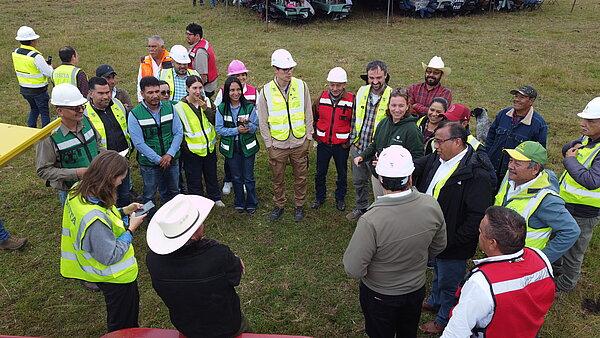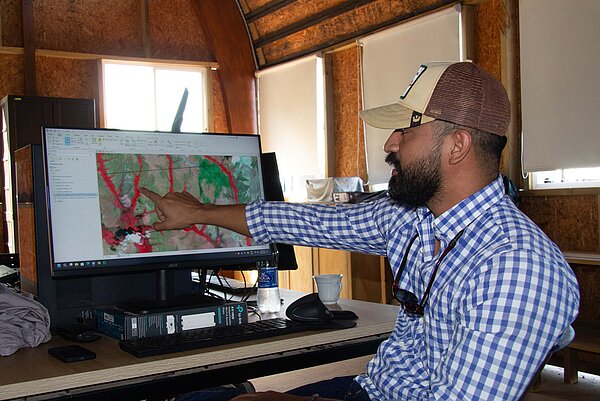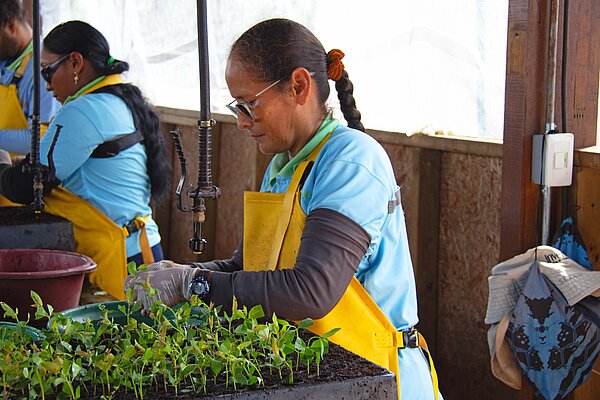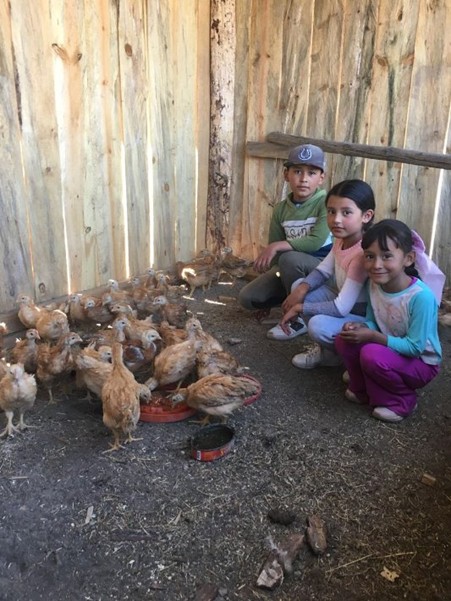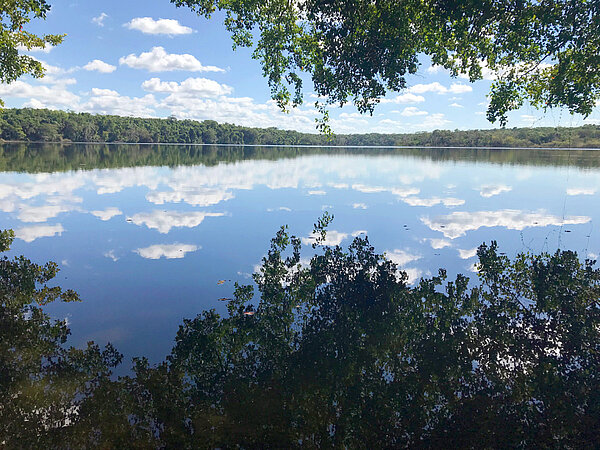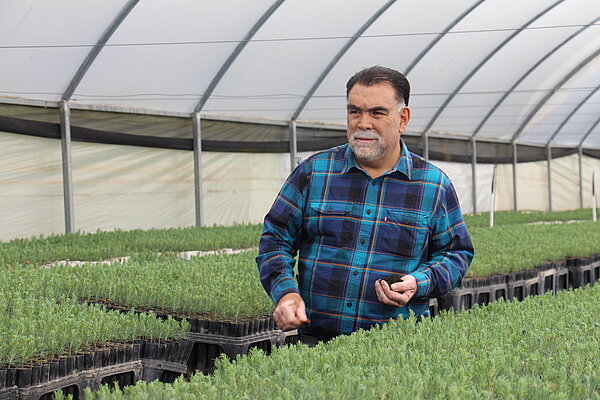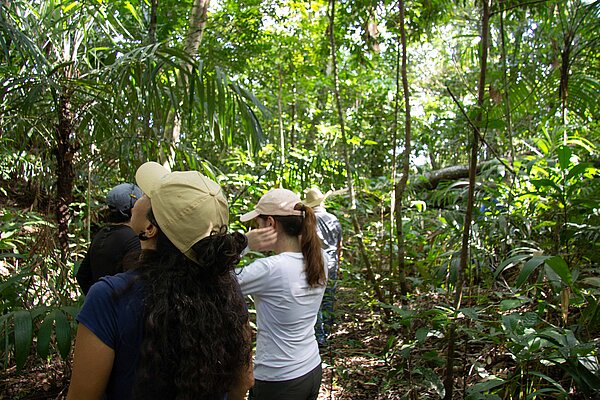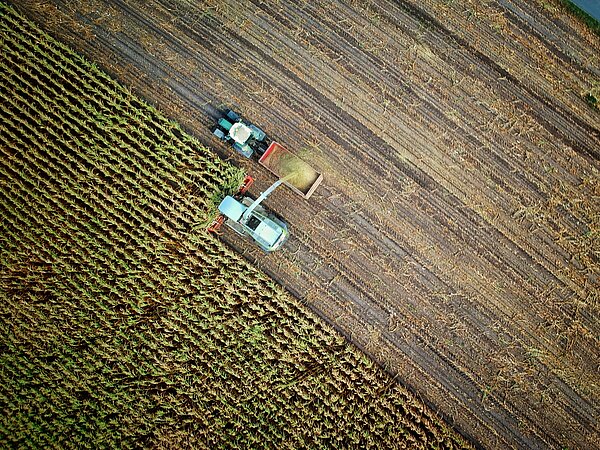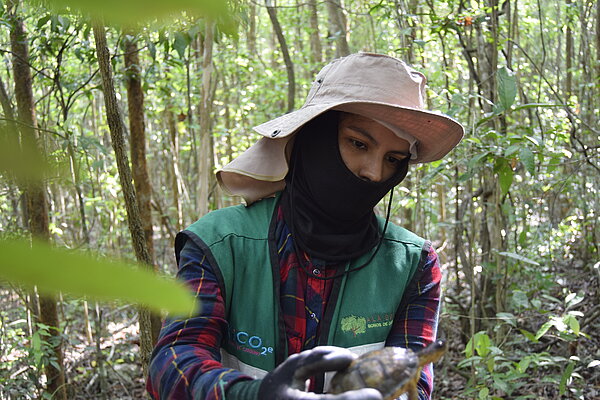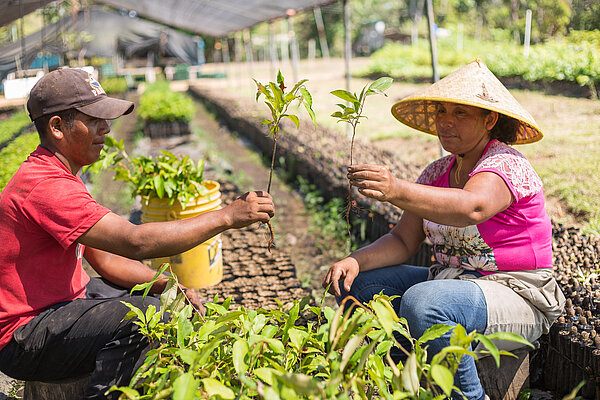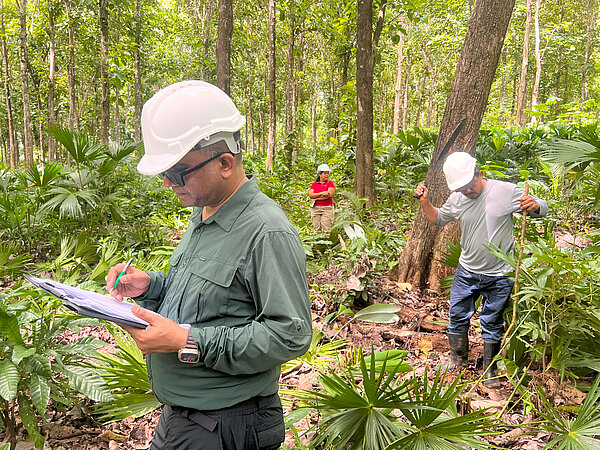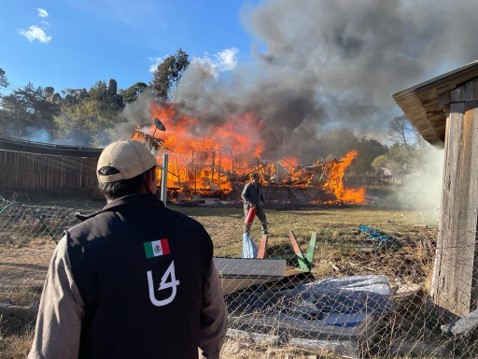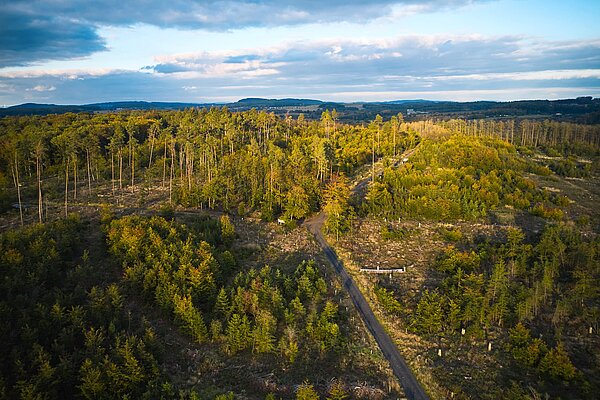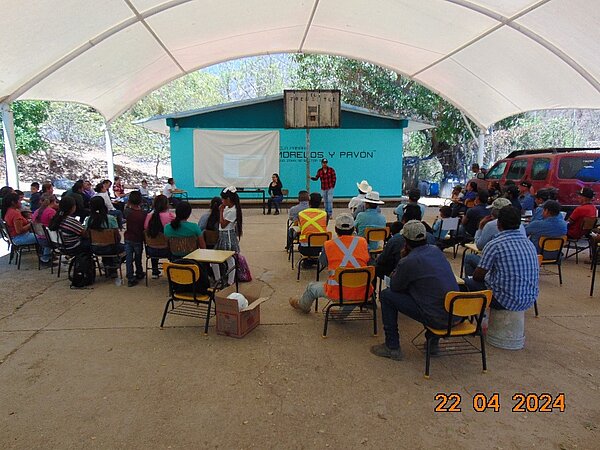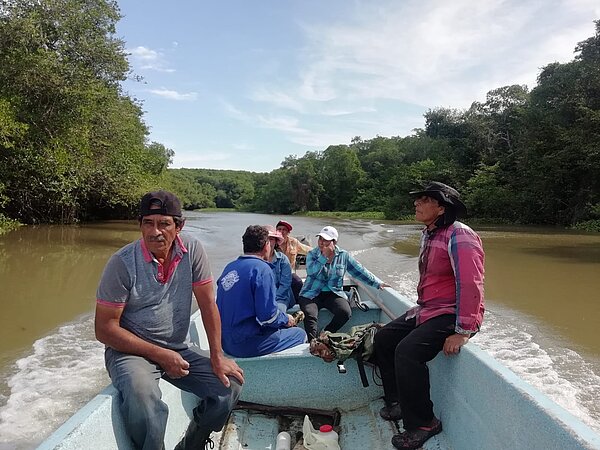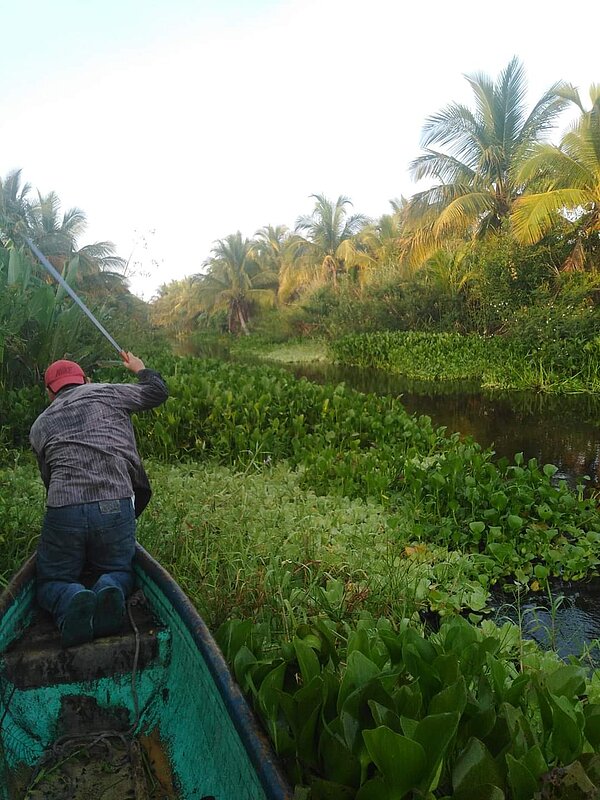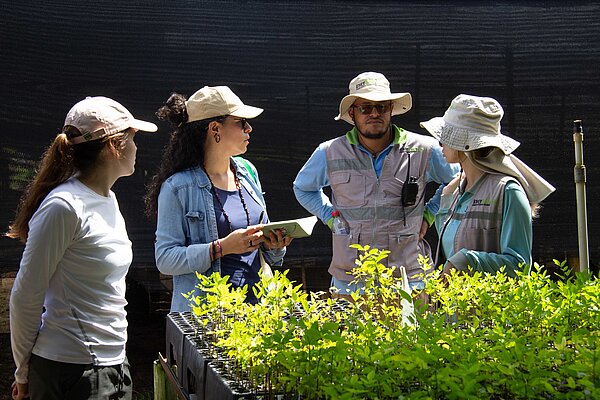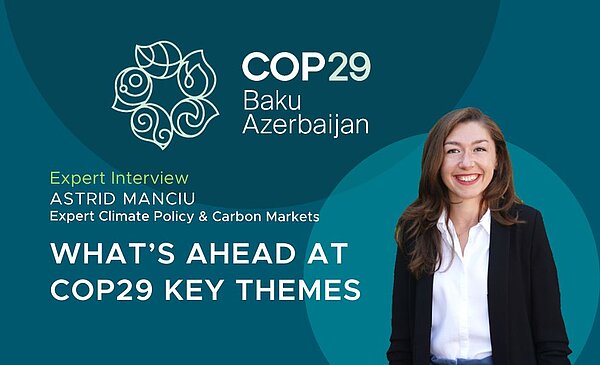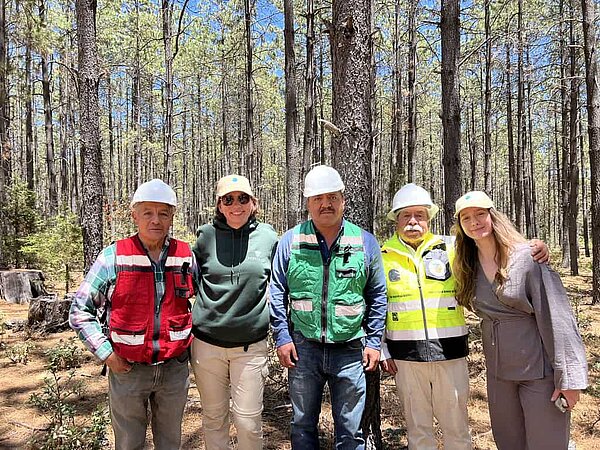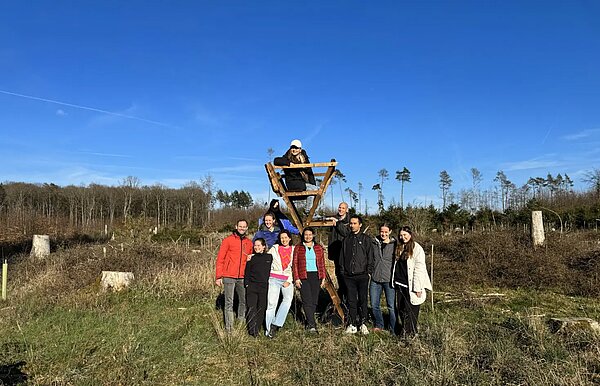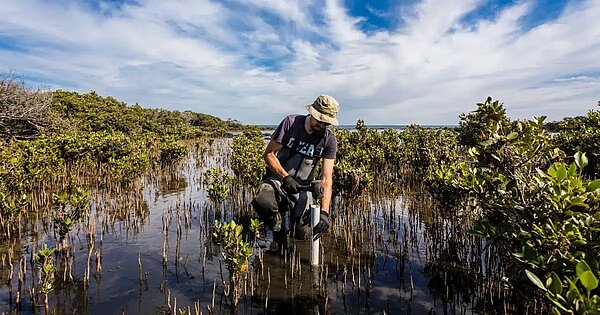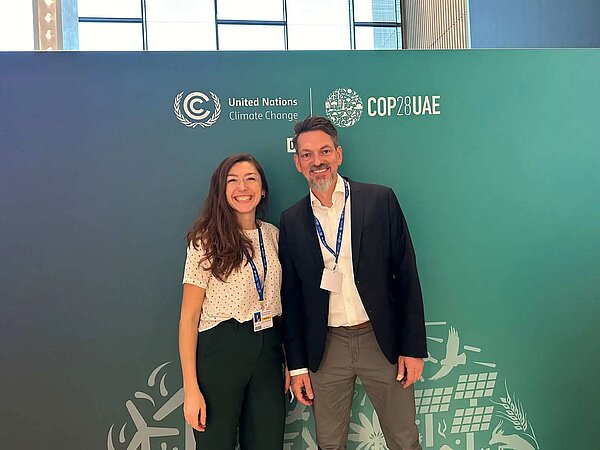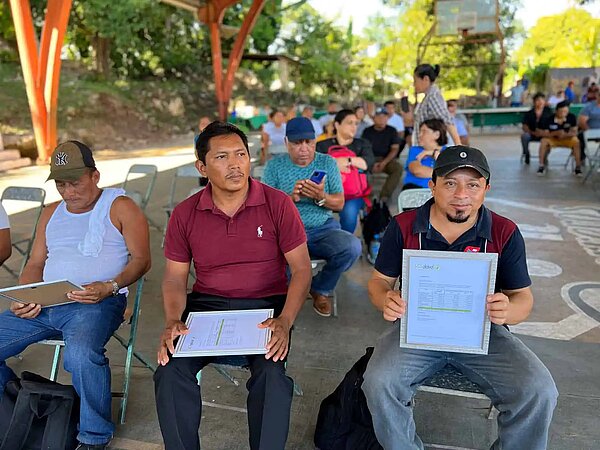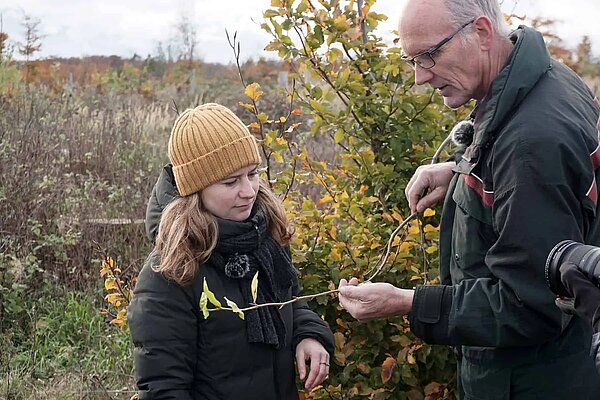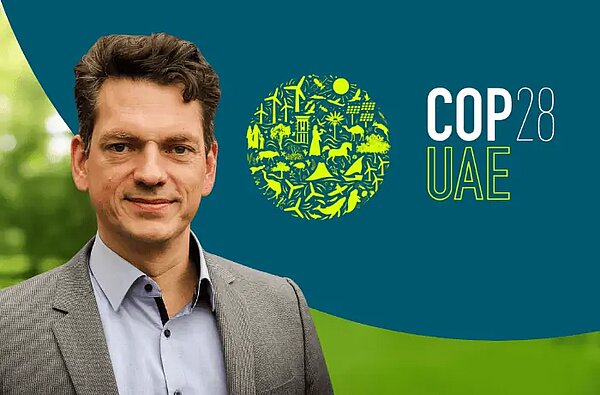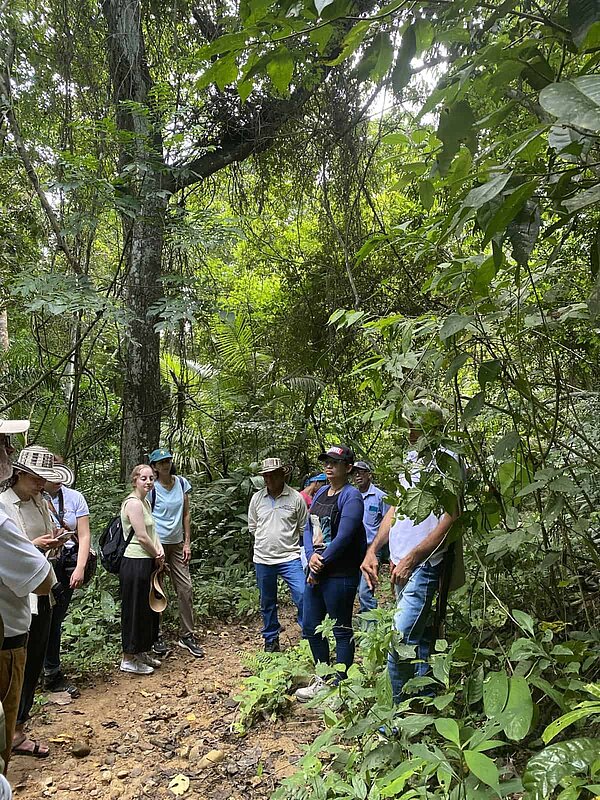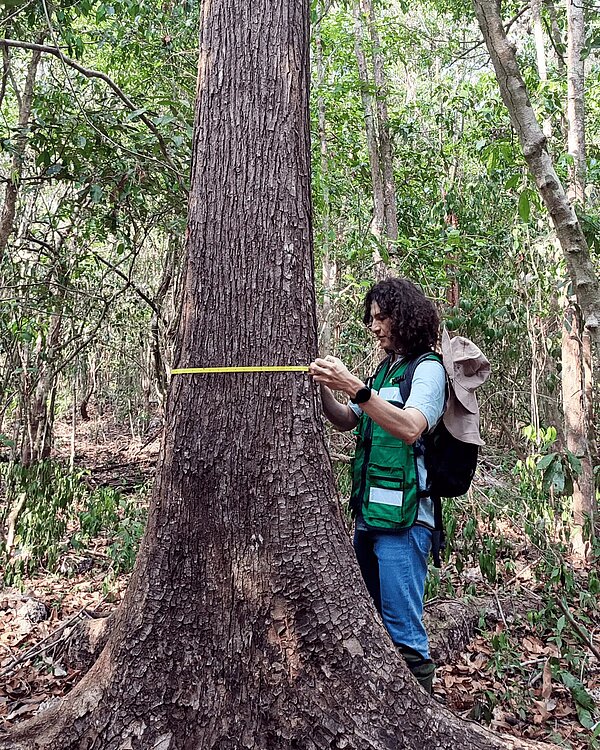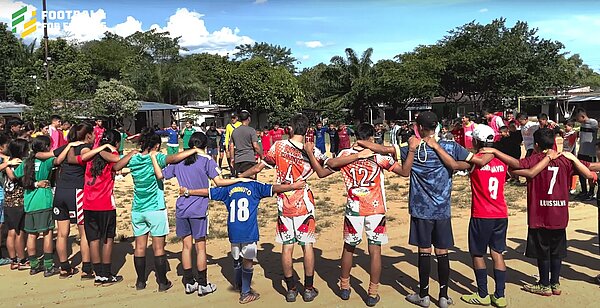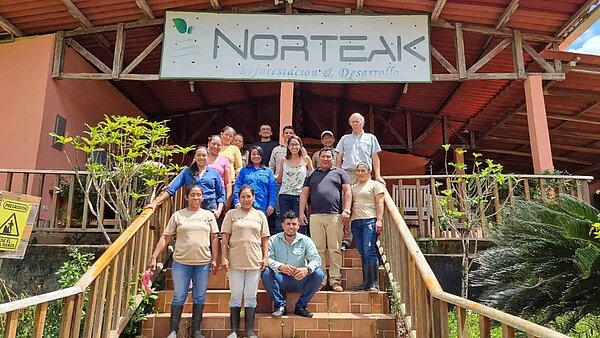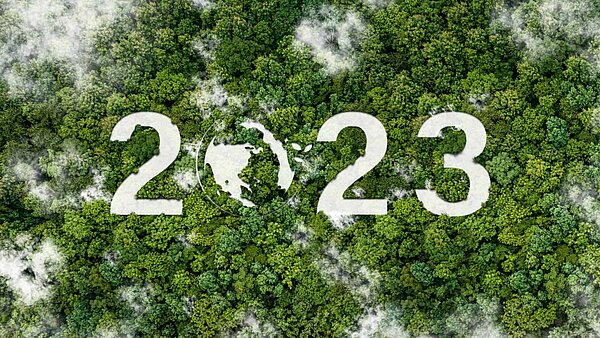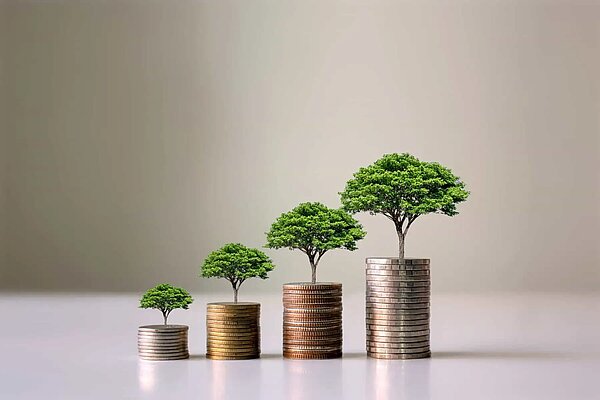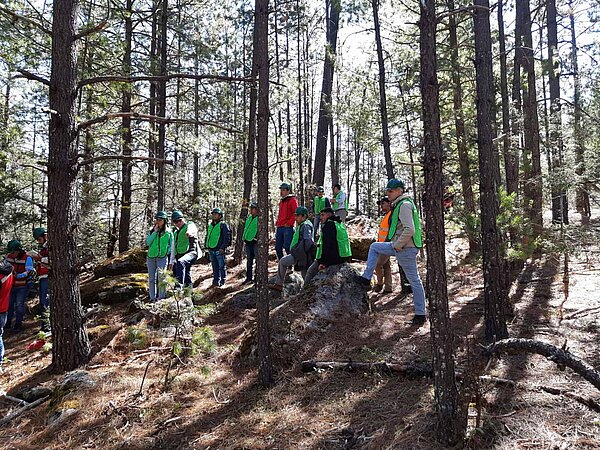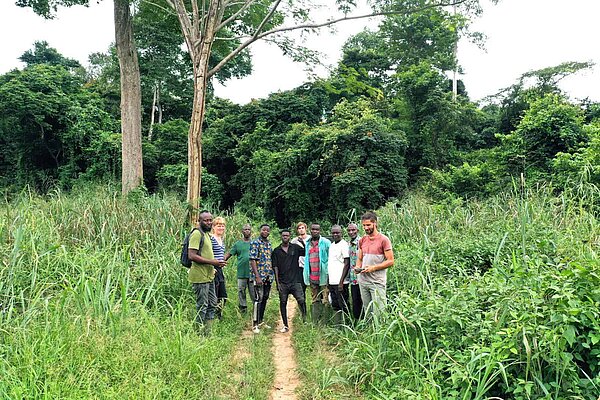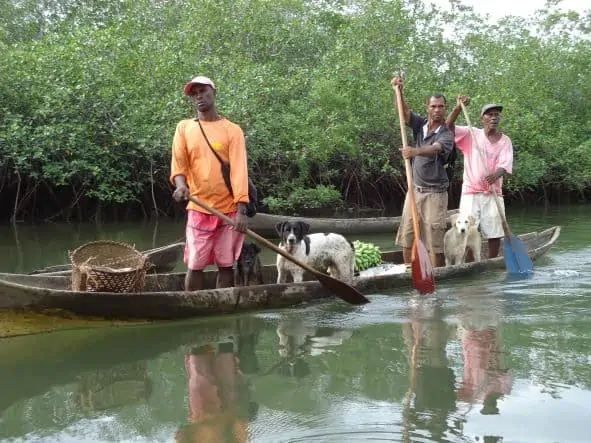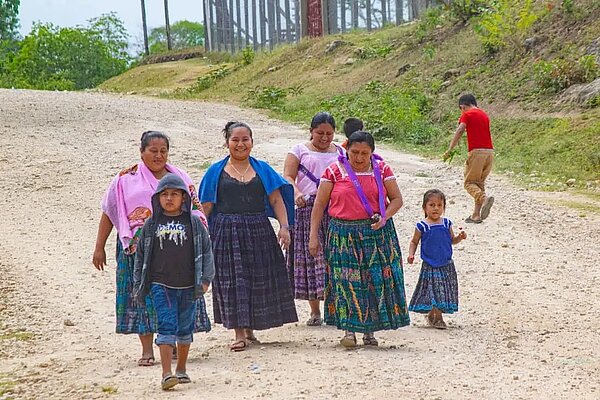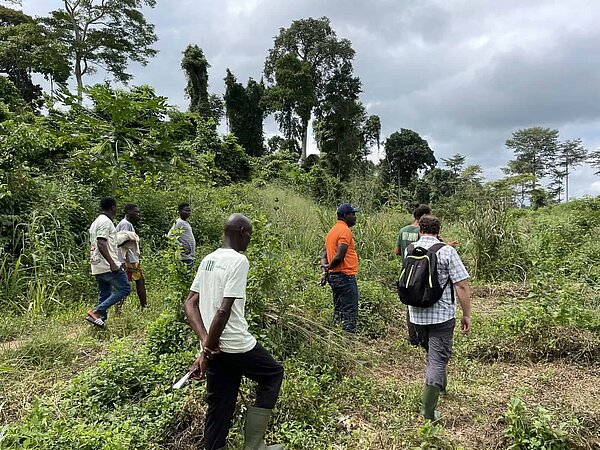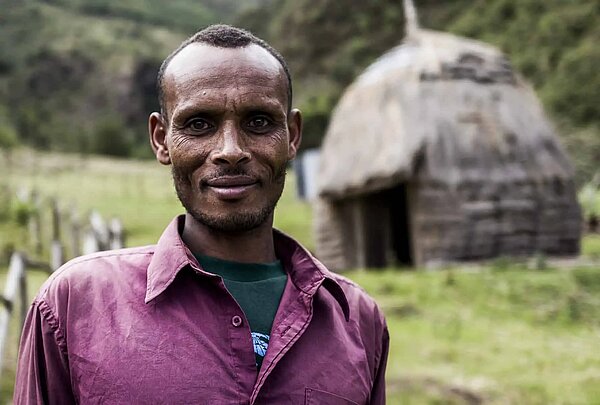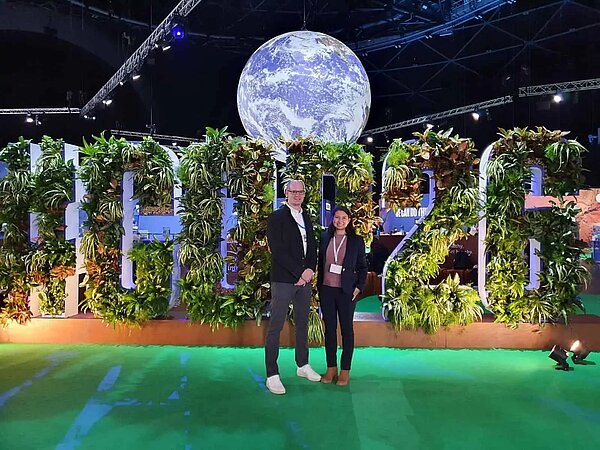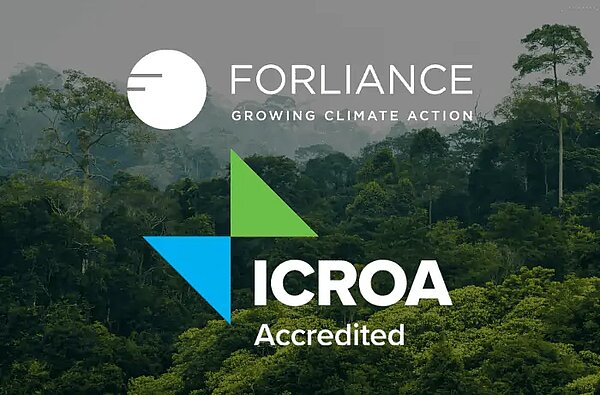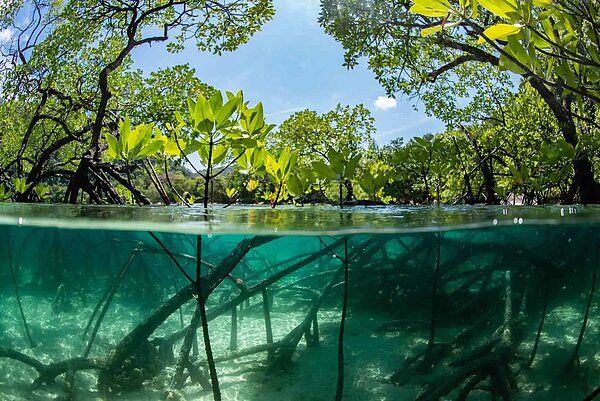Reddes Locales – Sustainable community forest management in Guatemala
June 21, 2022
Project Updates
Community forestry has existed in Guatemala since ancient times. Forests and trees have always been part of local populations’ subsistence strategies and still play an essential role in communities’ livelihood strategies. For this reason, the Guatemalan communities have actively worked on conserving the forests.

Community forestry – practices since ancient times
Community forestry has existed in Guatemala since ancient times. Forests and trees have always been part of local populations’ subsistence strategies and still play an essential role in communities’ livelihood strategies. For this reason, the Guatemalan communities have actively worked on conserving the forests.
Community forests were institutionalised in the 1990s, when the government recognised the close relationship between local communities and forests. They are now part of government and civil society work programmes and development strategies. However, major obstacles exist, including the poverty and profound inequality that permeate agrarian areas of the country. Guatemala is one of the poorest and most unequal countries in Latin America, with 15% of people in extreme poverty.1 Poverty is one of the main reasons for Guatemala’s deforestation problem, as it encourages investment in large-scale commercial agriculture. Annually, 130,000 hectares are deforested, initially being converted into grassland before being transformed into areas used for industrial agriculture. In 1988, it was estimated that 53% of the country was covered by forest, but by 2010, this figure had dropped to 34%.2

Landscape in the Reddes Locales project region
Forest carbon project development – We make climate action happen
To restore the forest and support the local communities, we at FORLIANCE are now co-developing a large-scale community managed project in Guatemala – Reddes Locales. Together with our partner and the local NGO Calmecac, we are creating intact forests and ecosystems that positively impact our climate, biodiversity and human well-being. As leading co-developers, FORLIANCE conducted the local stakeholder consultation as well as arranged the financing of this project. We have organized an investment of more than 1 million euros. The prefinancing of the Reddes Locales project will ensure the proper implementation of the required actions.
The Reddes Locales project addresses the main drivers of deforestation in three departments: Quiché, Huehuetenango and Alta Verapaz, and their respective municipalities in Guatemala. This REDD+ project will be the first project to be triple certified by VCS,CCB and as one of the projects that operates within a jurisdictional accounting system such as the Guatemala´s REDD+ nesting framework, Reddes Locales must also fulfil the Methodological Framework from the FCPF´s Carbon Fund.
The Reddes Locales Project Targets
The climate goal of the Reddes Locales project is to recover deforested and degraded land through the adoption of sustainable forest practices, capacity building, and the diversification of forest products. An increased forest cover and carbon stocks will contribute to reduced greenhouse gas emissions.

The main drivers of deforestation include:
- the illegal extraction of wood, firewood and resin
- expansion of the agricultural frontier
- cattle ranching
- forest fires
- pests and diseases
- local wood consumption
To ensure the sustainable use of the forest and improve the livelihood of the local communities, these are the tree main components of our strategy:
- Natural resources and biological diversity for securing local population livelihood
- Institutional strengthening for effective governance
- Economic and socio-environmental sustainable development
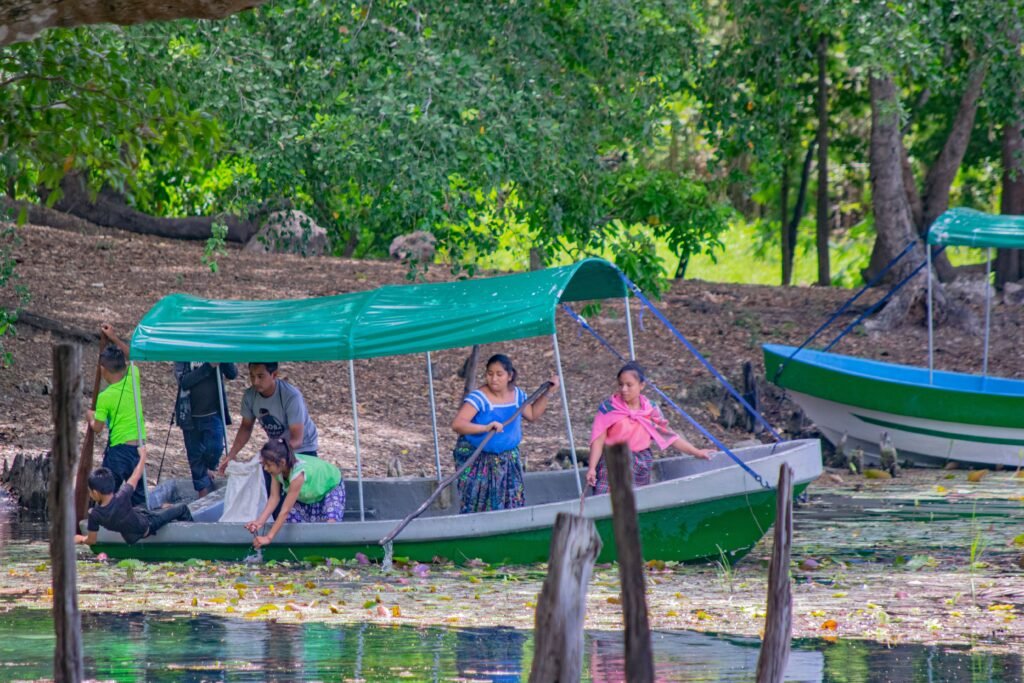
The Reddes Locales Project focuses on improving the livelihood of local communities
The project area is home to 21 different Mayan communities, some speaking an endangered language. As communities lose their language they often also lose parts of their cultural traditions which are tied to that language, such as songs, myths, poetry, local remedies, ecological and geological knowledge and language behaviors that are not easily translated.
Protecting these communities and securing their livelihood is an important project goal that is close to our hearts. The communities will benefit from the services provided by municipalities, who are autonomous entities and governing bodies.
The expected benefits to be provided are:
- forest seedlings
- municipal and community nurseries
- agroforestry technical assistance
- forest management plans
- advice on sustainable forest and land management
- integral management in micro watersheds
- management for the sale of environmental services
- family consumption licenses
- training for community leaders for the prevention and handling of forest fires
- pests and diseases management

The project area is home to 21 different Mayan communities.
This project will strengthen the:
- economic livelihood of rural families
- local governance
- alternative productive activities
- education and technical skills
- local administration
- citizen participation
- environmental awareness
- social capital
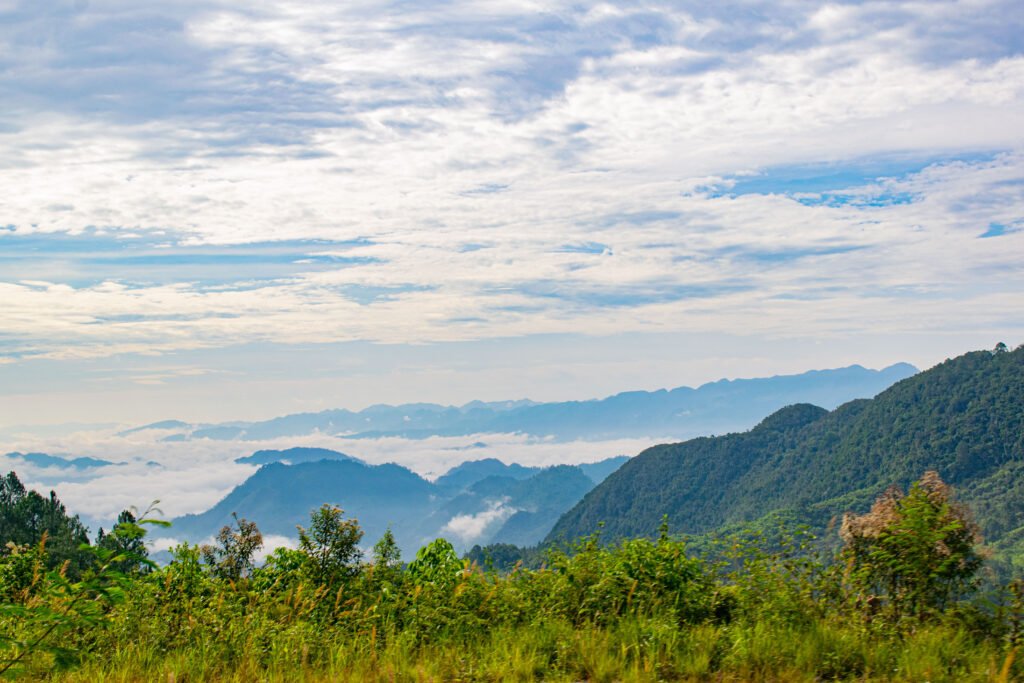
The Reddes Locales project addresses the main drivers of deforestation
To ensure the successful and sustainable reforestation, a strategy will be implemented to reduce the pressure on the natural forest. Key factors of this strategy will be the:
- establishment of agroforestry systems,
- forest plantations
- silvopastoral systems
This will allow the ecosystems to recover, maintain, or enhance the natural biodiversity habitats and their high conservation values associated with the structure, composition, and functionality.
Precise and Transparent Monitoring and Communication
But we do not stop there. We are constantly working on improving our projects and finding ways to maximize the positive impact of these initiatives. Accurate data is a decisive factor when it comes to reaching the most effective and efficient project management. By implementing our Monitoring and Communication Platform into the Reddes Locales project, we are able to access geospatial data remotely and in real time. Accuracy of data collection supports us to react swiftly to current changes and patterns happening within the project for improved results. The platform also enables us to communicate all aspects of the project transparently.
You want to know more about our forestry climate projects or you are planning your own?
We are here to support you in initiating, financing, creating and managing impactful nature-based climate projects. Let us get in touch!
Sources:
1cf. World Bank: 2009. Evaluation of poverty in Guatemala.
2cf. Fern: 2015. Protecting forests, improving livelihoods Community Forestry in Guatemala.

